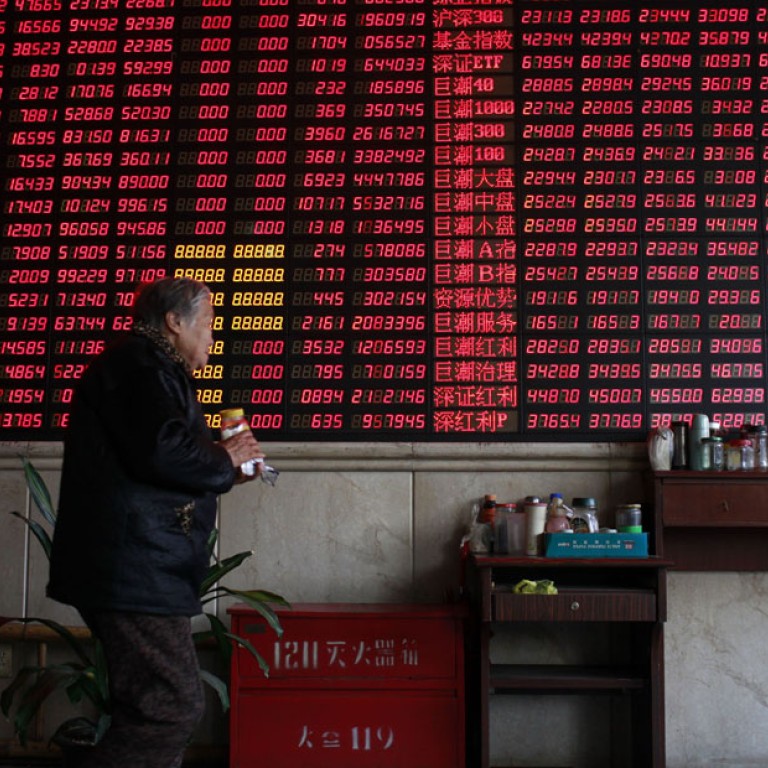
Cost of hedging against losses in the iShares China ETF drops
Cost of hedging against losses in the iShares China ETF drops to record low on hopes Beijing measures will shore up the economy
The cost of hedging against losses in the largest Chinese exchange-traded fund in the US has fallen to a record low on optimism that government stimulus will help sustain growth in the world's second-biggest economy.
The iShares China ETF has rallied for five weeks, gaining 10 per cent in the longest streak in a year, while options pricing on the fund is indicating investors are less concerned about future losses.
Chinese stocks are back in favour with American investors after growth in industrial output and retail sales accelerated last month while new bank loans exceeded analyst estimates.
Policymakers have taken measures such as lowering reserve requirements for some banks, providing tax breaks and accelerating public spending to shore up an economy that expanded at the slowest pace in six quarters in the first quarter of this year.
"The targeted easing over the past two months has kept a floor under growth and assuaged investors' concerns about a hard landing," said Michelle Gibley, director of international research at San Francisco-based Charles Schwab.
"Chinese stocks are pricing in a lot of bad news and we believe the risk-reward is favourable for owning Chinese stocks over the next six to 12 months."
Puts hedging against a 10 per cent decline on the iShares China ETF cost 0.94 point more than calls betting on a 10 per cent increase on June 3, according to three-month implied volatility data. That is the lowest level on record for the measure known as skew.
The iShares China ETF, which is invested in the largest Chinese companies traded in Hong Kong, has jumped 15 per cent over the past three months. The Chicago Board Options Exchange China ETF Volatility Index, a measure of expected price swings, dropped 34 per cent during the same period.
The H-share index capped a five-week rally last week.
The index's three-month gain of 13 per cent compared with a 2.6 per cent increase in the Shanghai Composite.
The Shanghai gauge added 2 per cent last week.
"The Shanghai Composite has lagged the ETF performance, indicating that sentiment has shifted more among asset allocators who want to quickly shift into the asset class rather than by longer-term oriented stock pickers," Gibley said.
Analysis of Asia-Pacific stock markets by Britain-based Absolute Strategy Research signals that the rising tide of optimism has shifted a number of its key sentiment indicators towards the high end of their historic ranges.
But while Taiwan, India and Singapore show the most excessive optimism, a relatively modest move for mainland stocks in comparison suggests room for a further rally exists.

